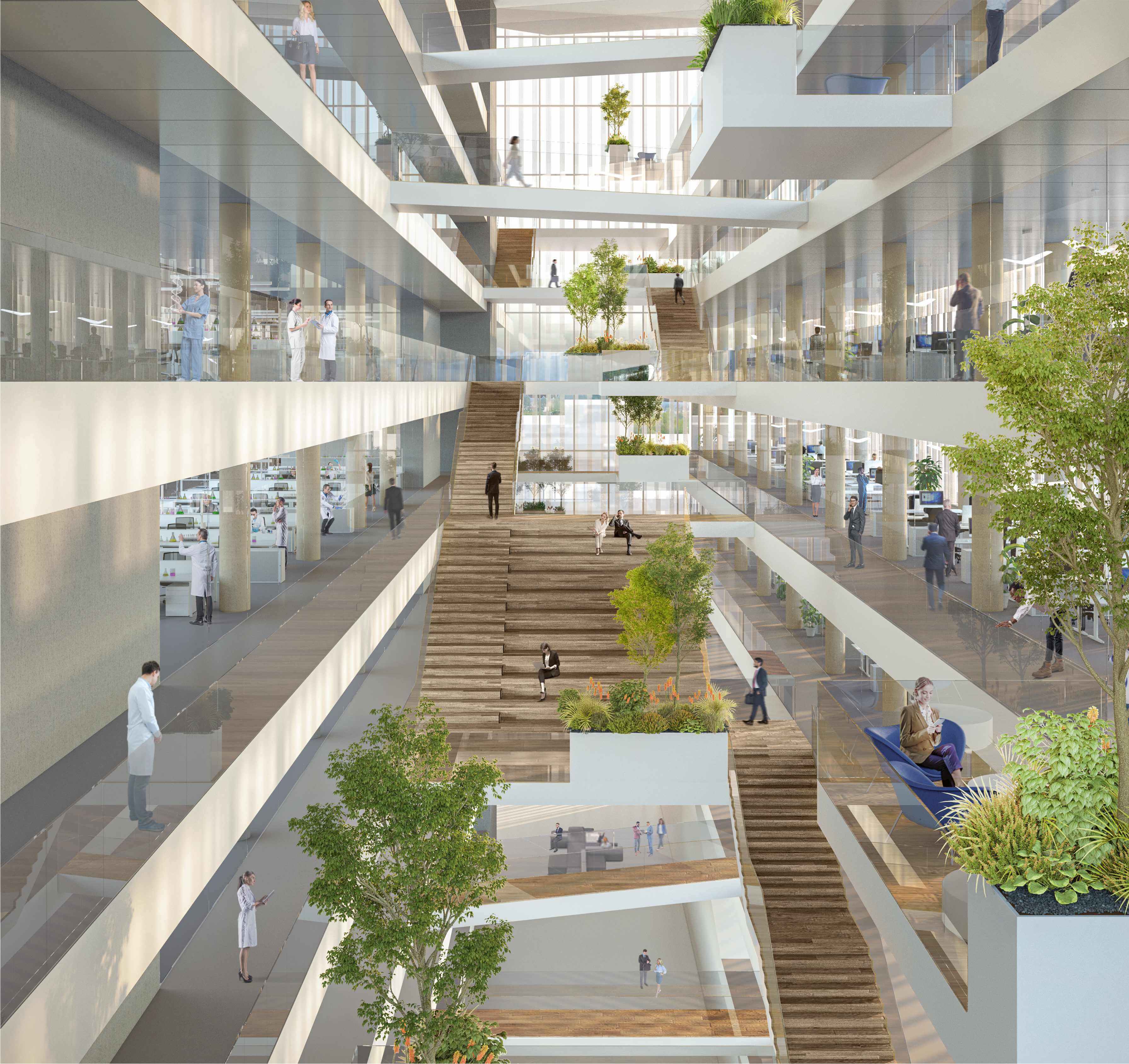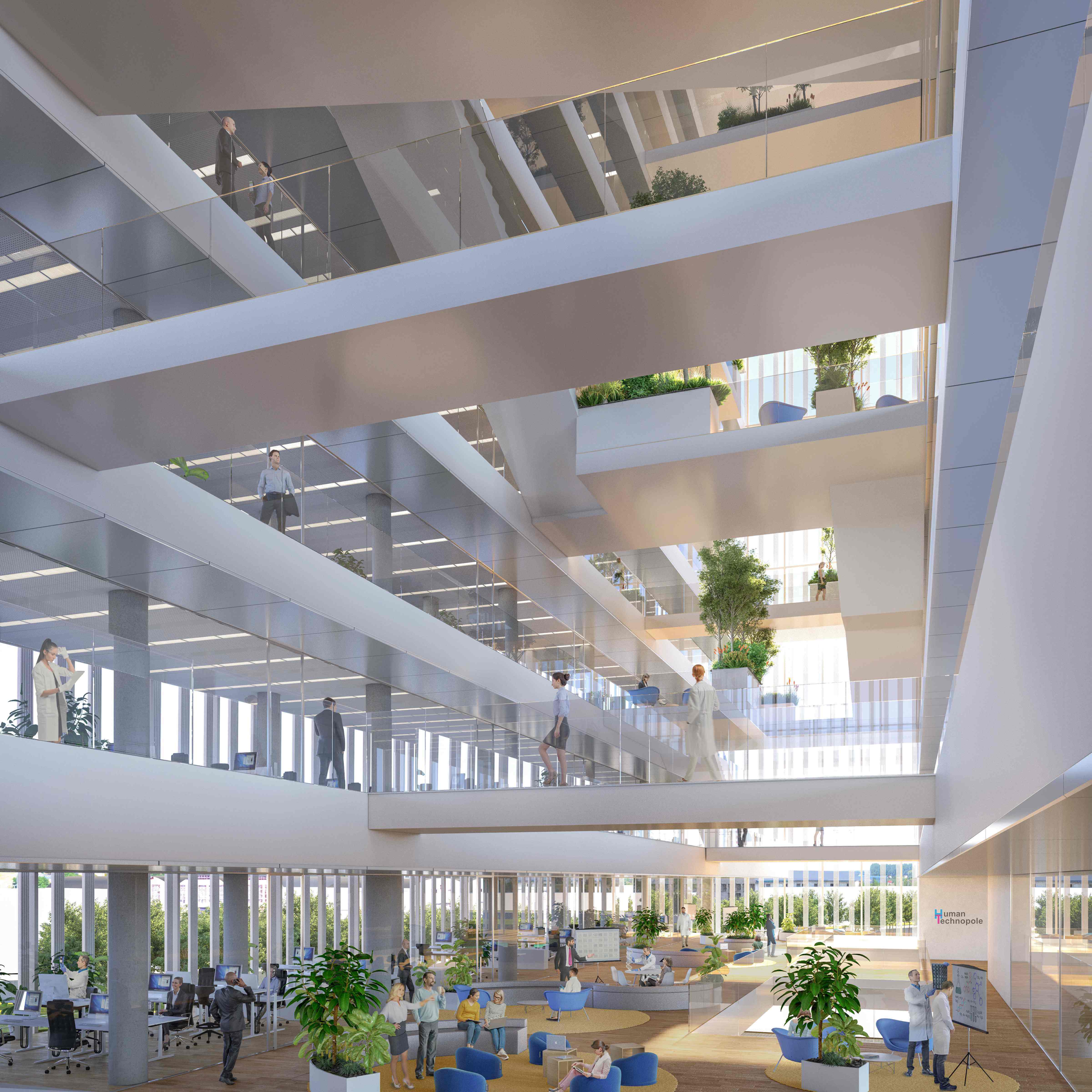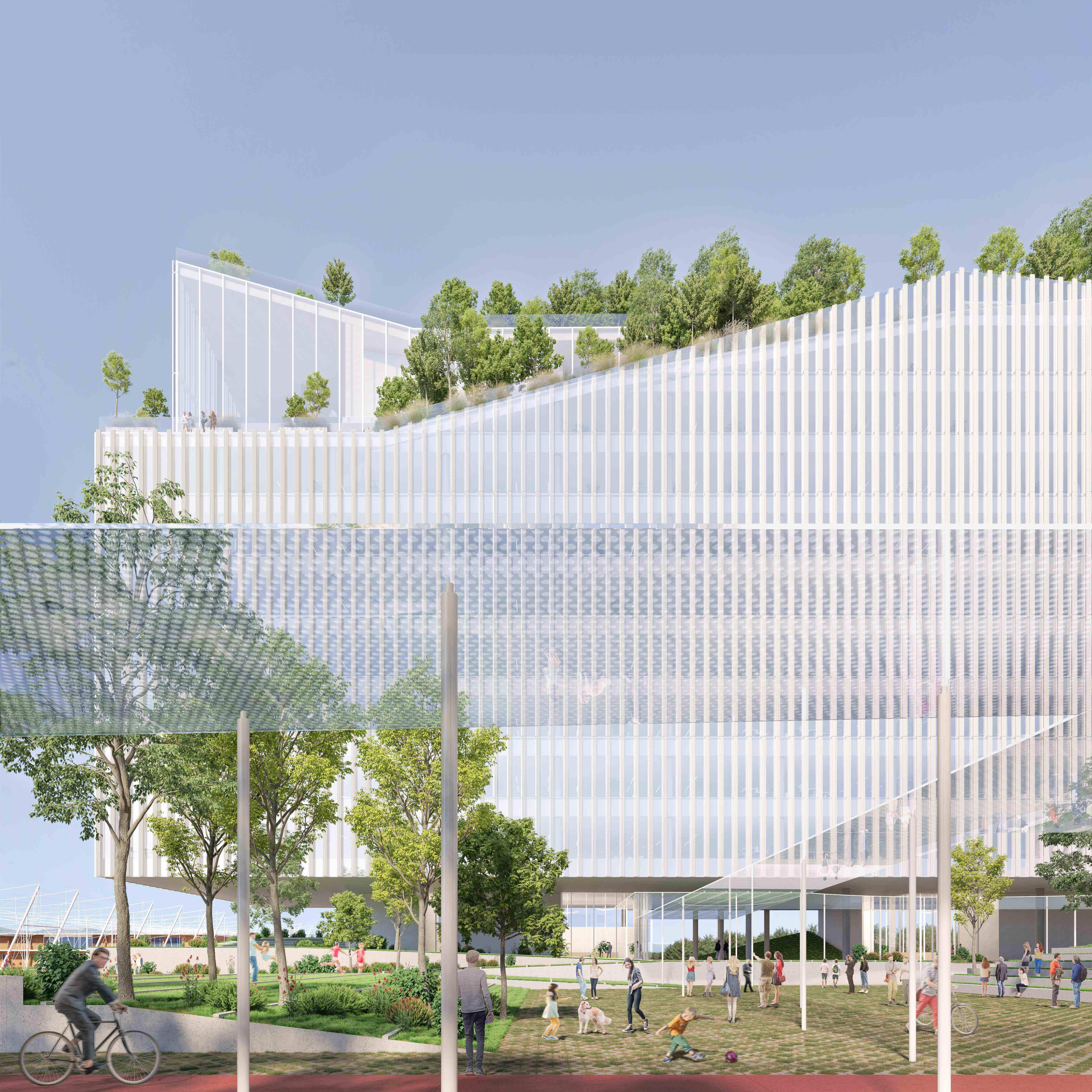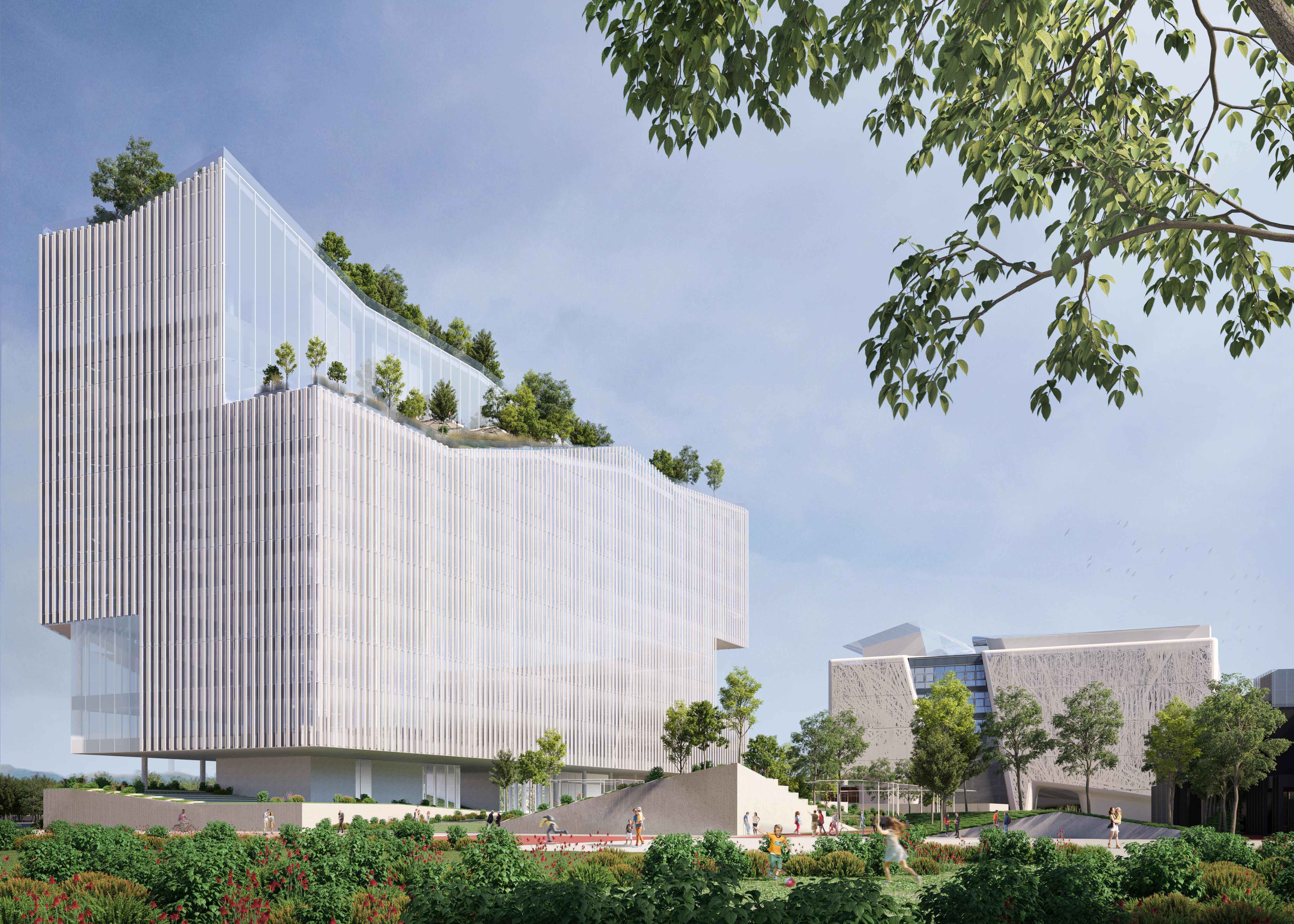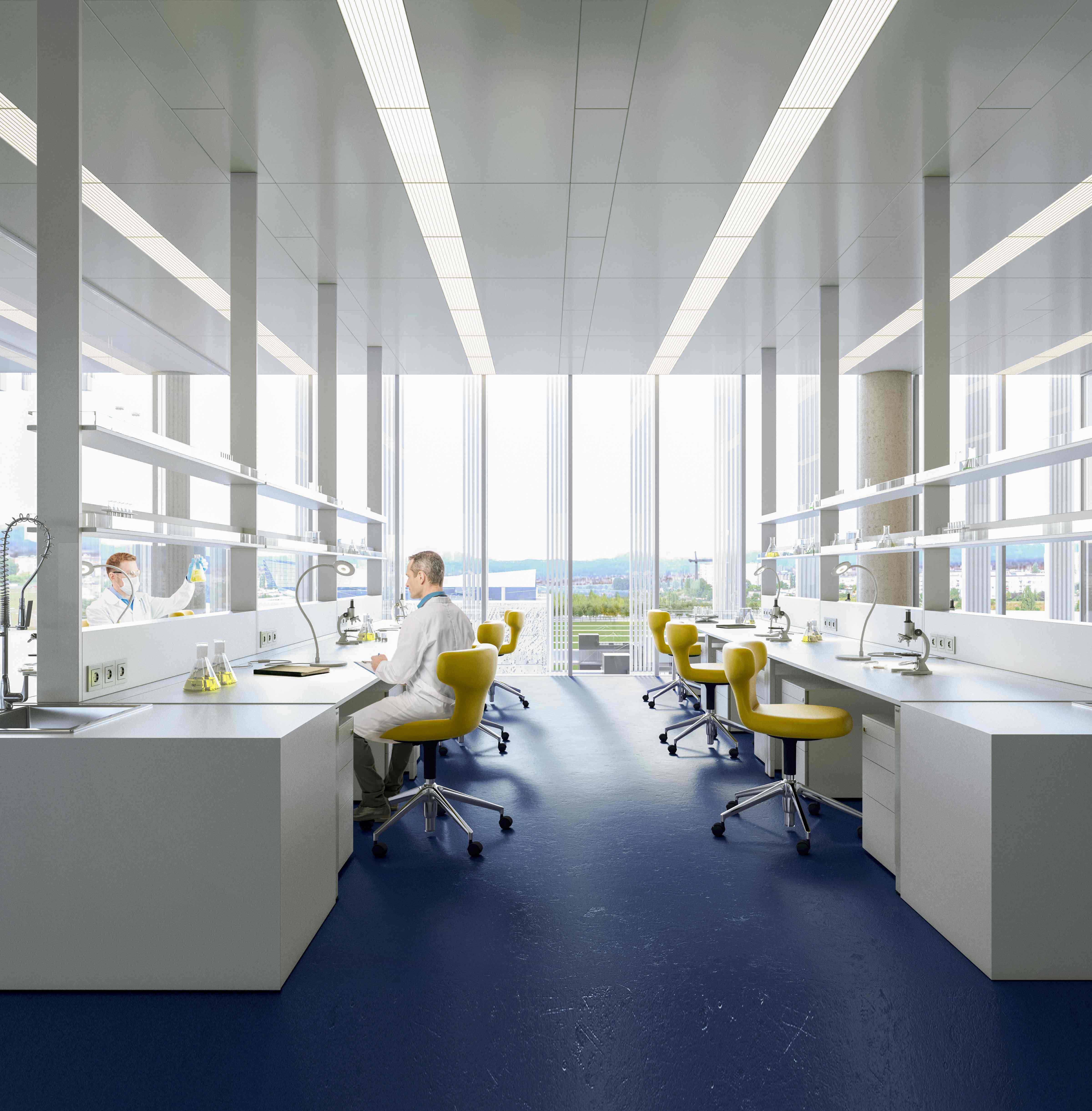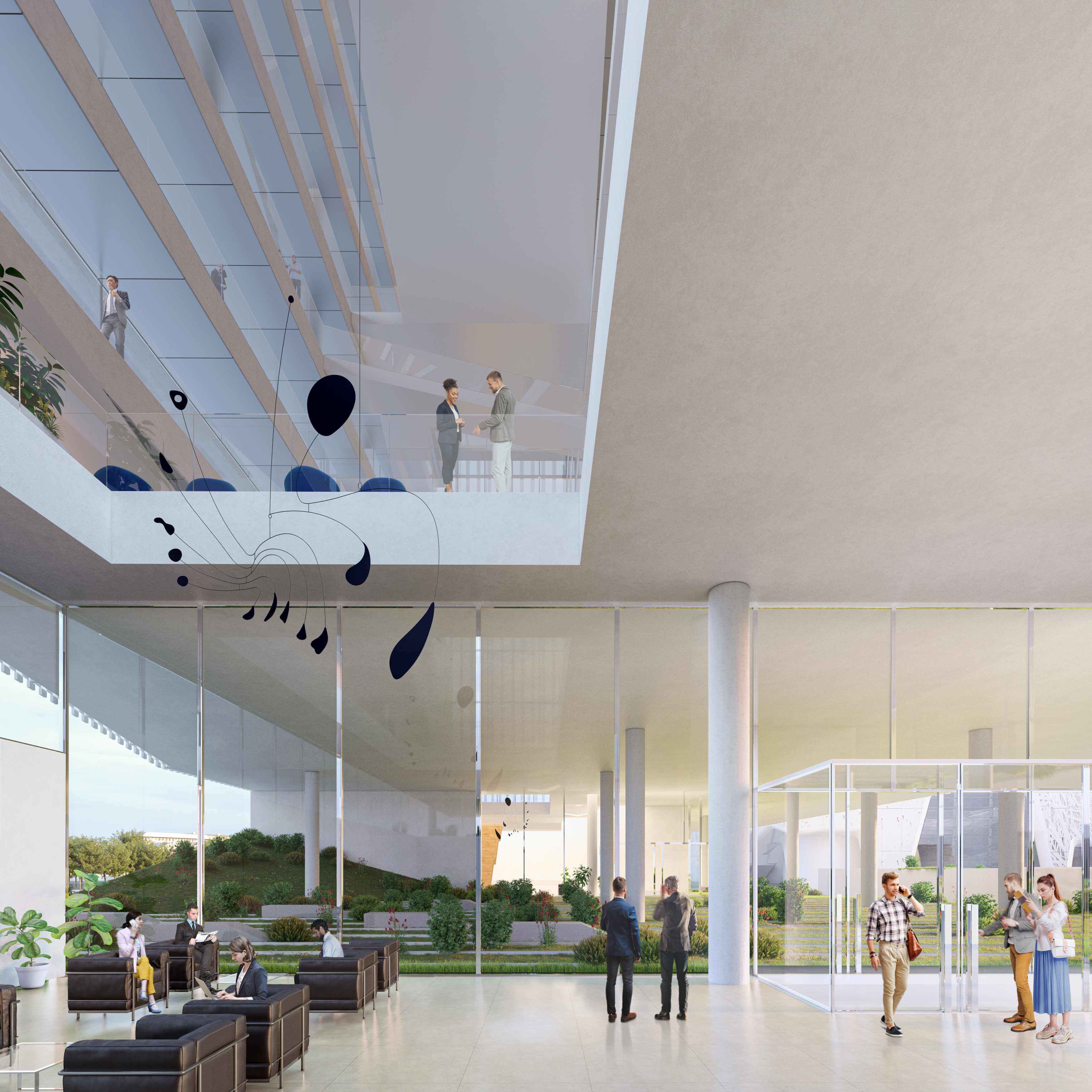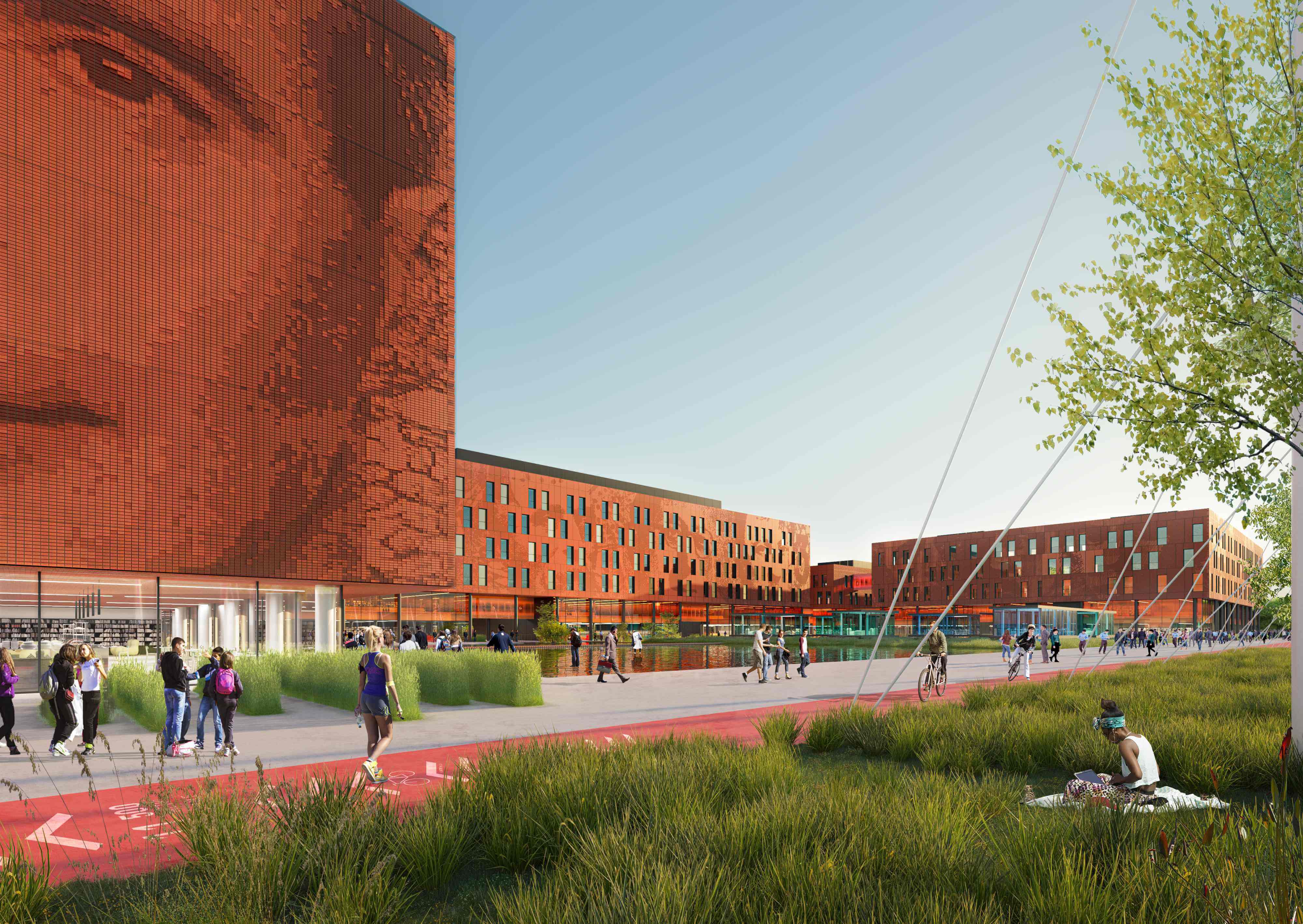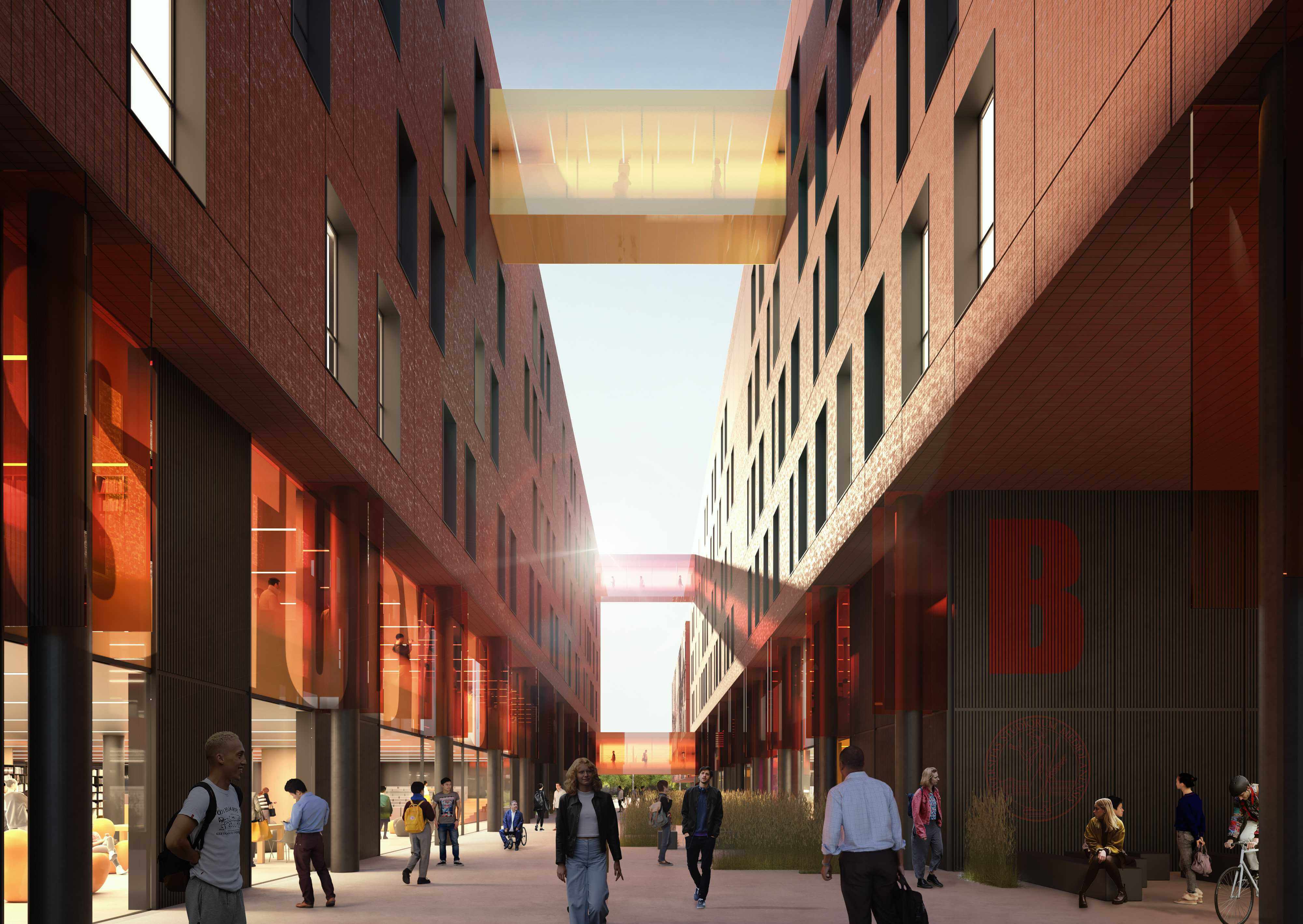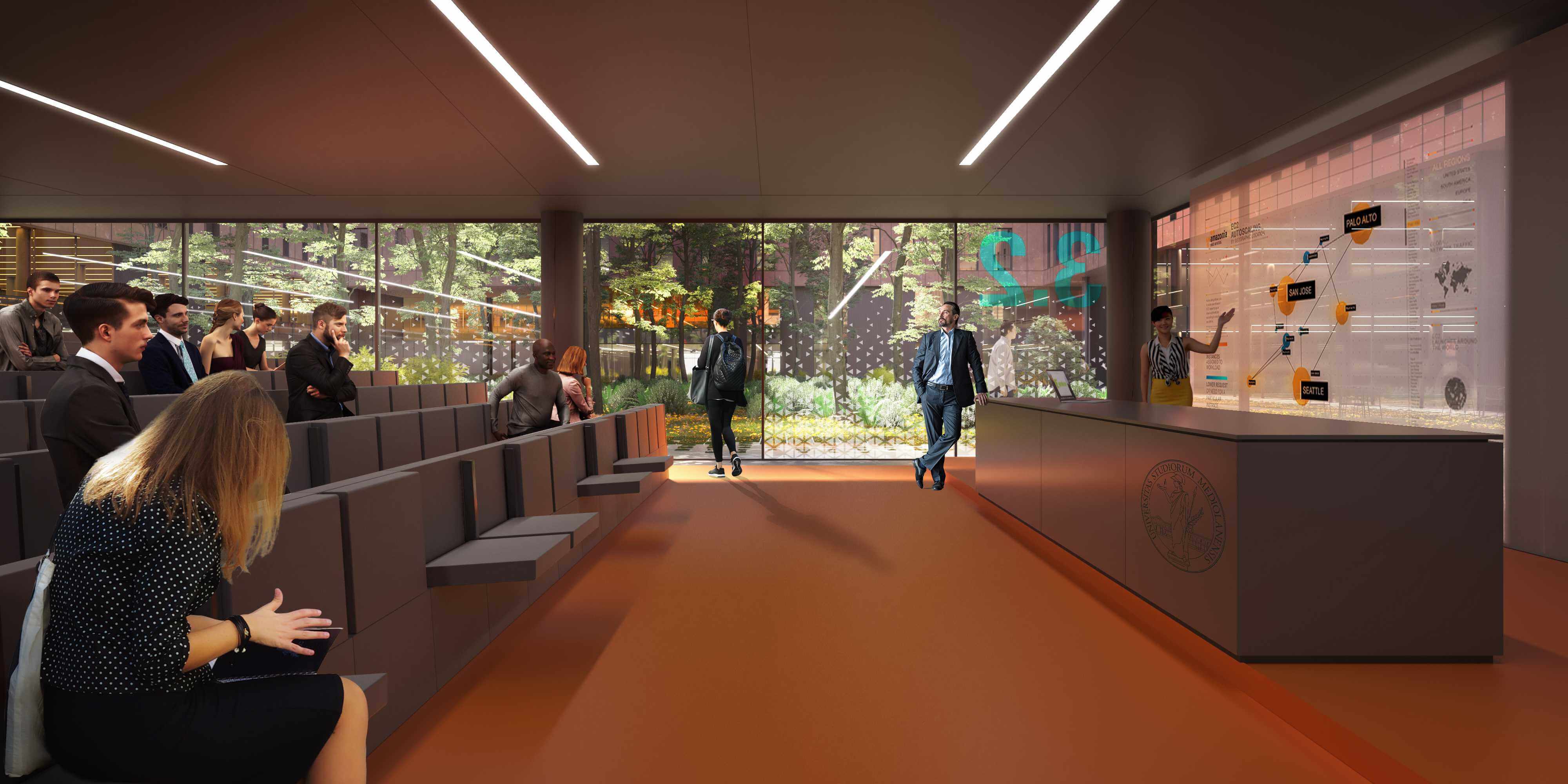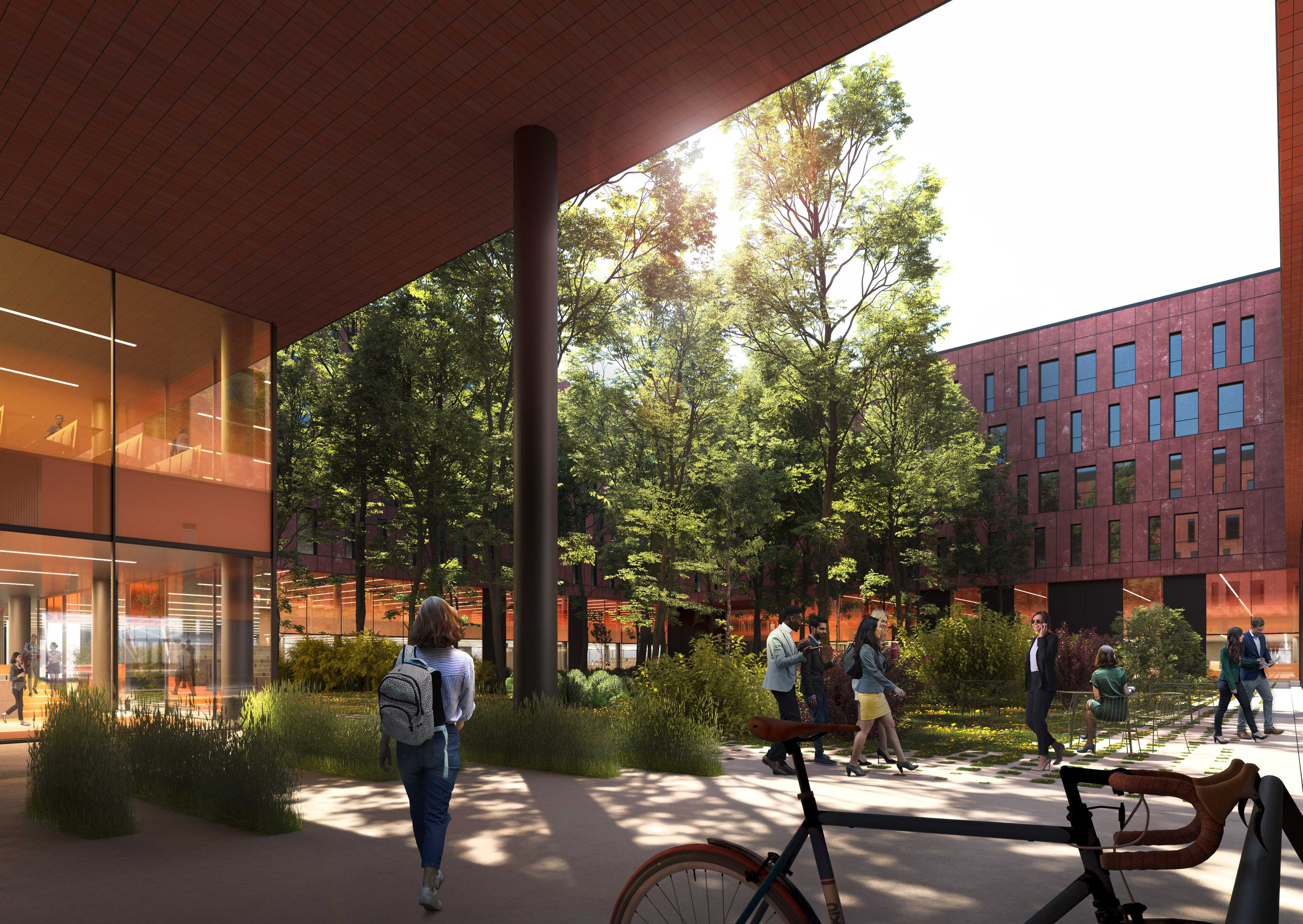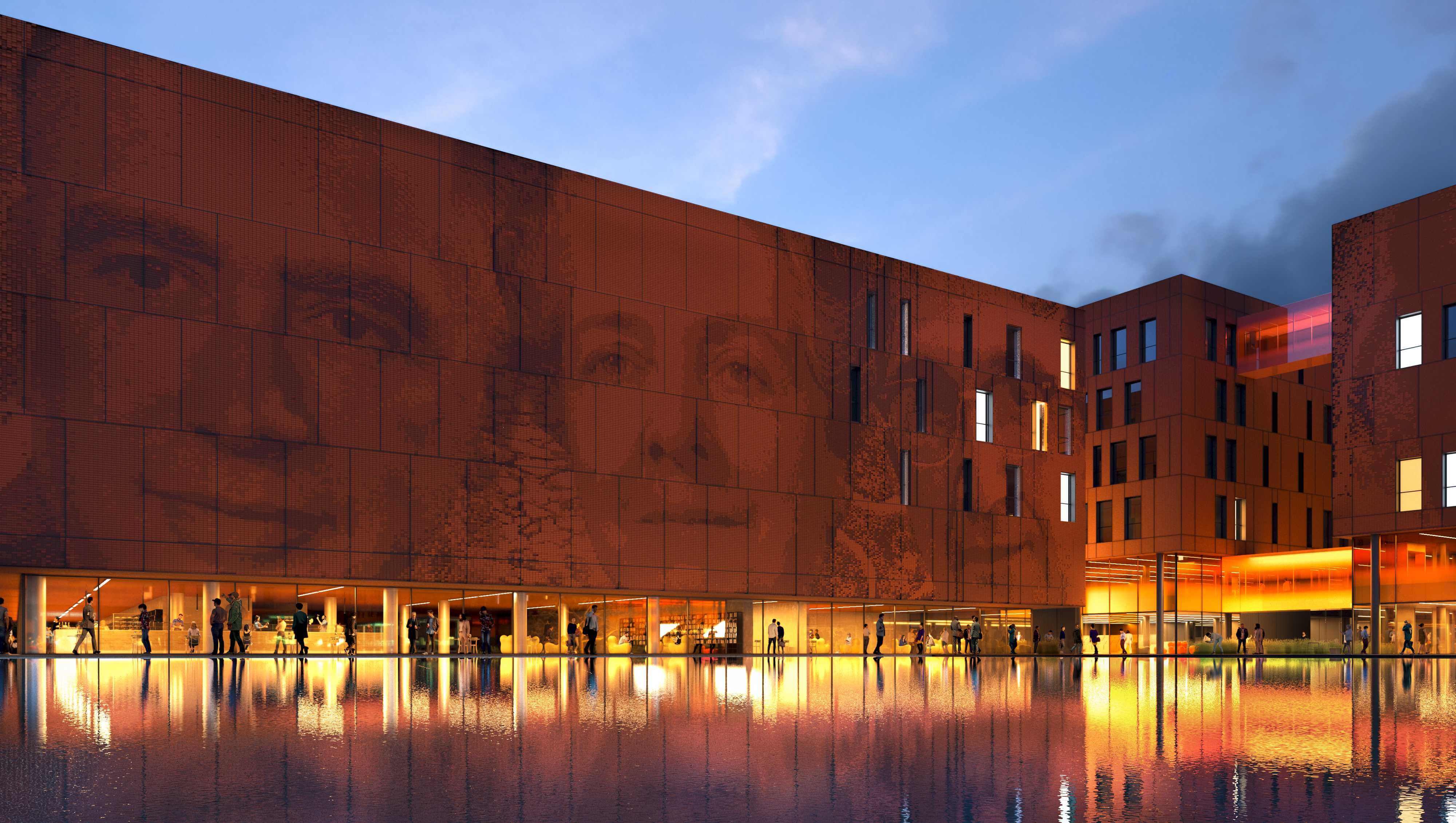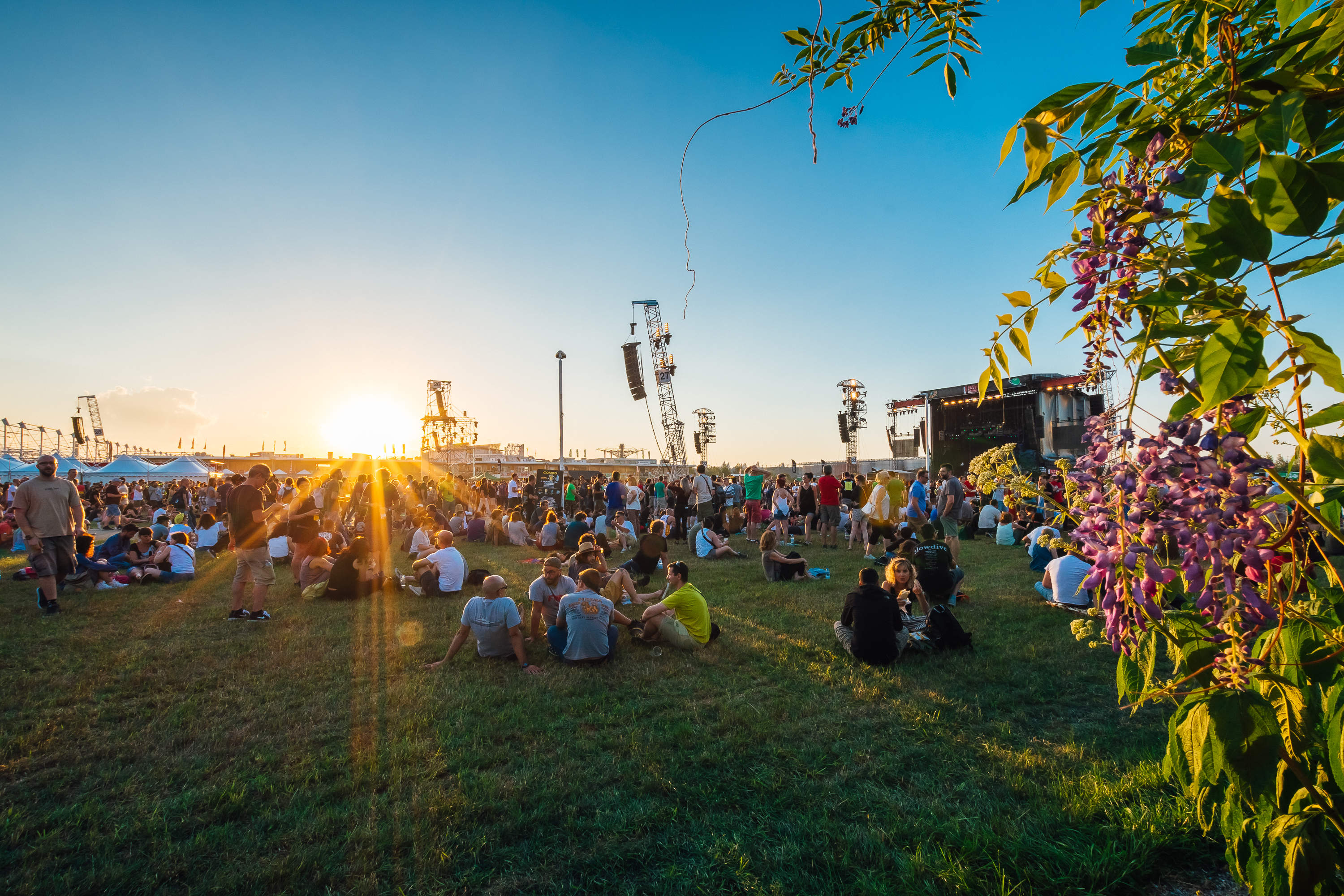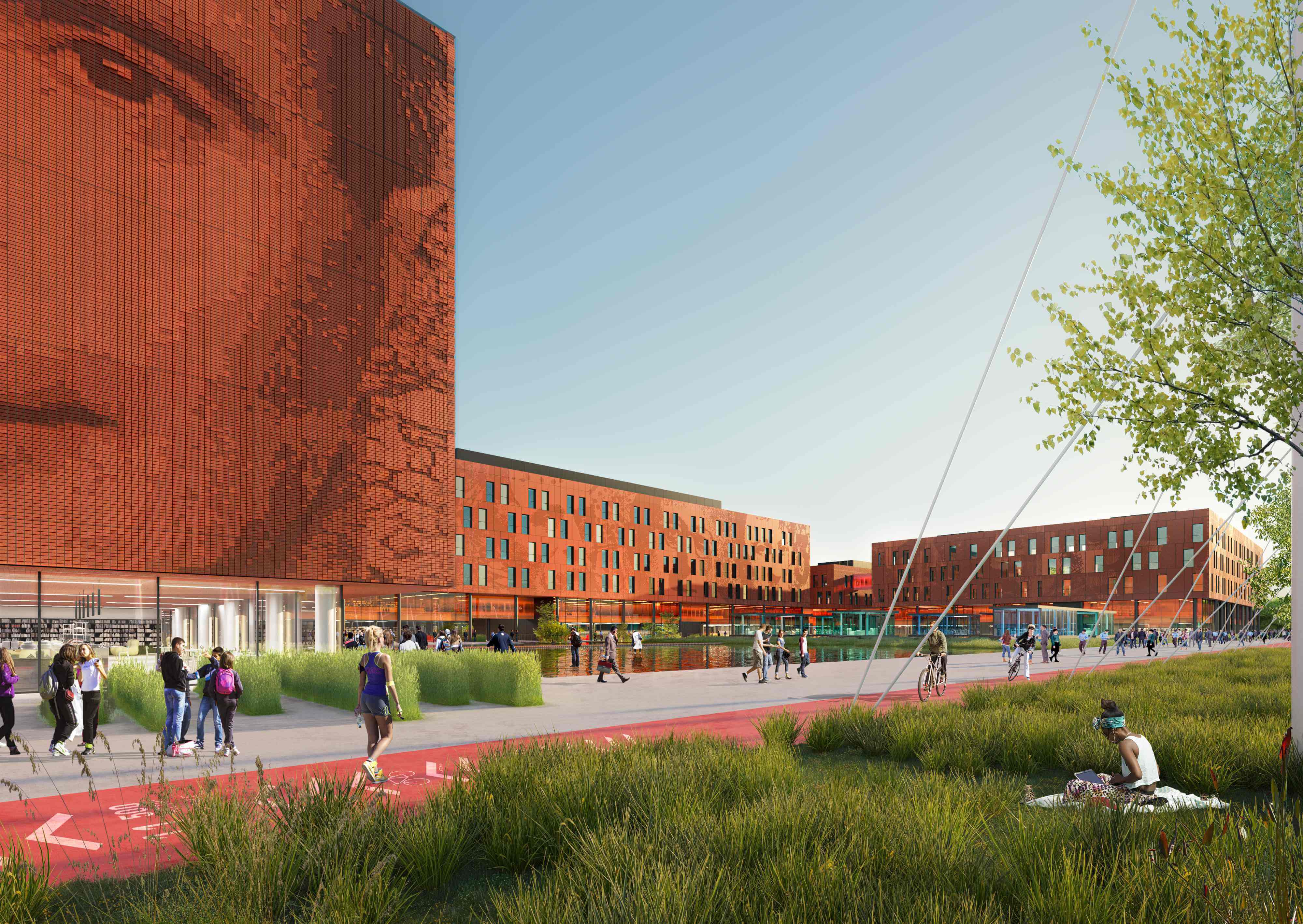«Closeness is not enough for a community to be created. Our goal is precisely to build it through projects, relationships and content»
Theorists call it the 'Triple helix' of innovation: higher education and research, the public system and private capital. When these three elements combine and team up, synchronized like the blades of a helicopter, the result is the ideal environment for innovation to take off. A new ecosystem of innovation is born. "That’s exactly what Mind is", explains Igor De Biasio, CEO of Arexpo. "A context where these three dimensions are at their highest level and work together".
Here, research and higher education are represented by the University of Milan (set to move its scientific faculties to Mind), the IRCCS Galeazzi (which will have its new headquarters here) and the Human Technopole, the new life sciences research center. The private capital was provided by Lendlease, the international real estate group, which has invested 2.5 billion Euros in the project — and decided to bring its European digital headquarters to Mind. The public element, on the other hand, is represented by Arexpo itself, whose partners include the national and local governments. And which, above all, has the pivot role, with the task of making those blades rotate together and in the smoothest possible way. "It’s not contiguity, but relationships, that create a community" says Alberto Mina, Arexpo's Director of Institutional and International Relations. "Closeness is not enough for a community to be created. Our goal is precisely to build it through projects, relationships and content".
It was Arexpo that designed the strategic plan for the District: "an extraordinary project, the most important in Italy regarding urban regeneration", says De Biasio. Arexpo involved the local players, and gradually brought together the protagonists. It also identified a private partner who could see "the possibility of creating a precise urban regeneration framework", as Stefano Minini, Project Director of Lendlease, explains. "It was clear from the beginning that Arexpo would take part to the project, that it would manage the urban planning approvals and gradually hand over the development areas to us. The programme was defined for the following 99 years. That’s not how things normally work: you are usually sold the area and then it's all up to you. Here there were strong guarantees and a capable director". A director who was able to create what is not only one of the largest urban plans in Europe, but also a hub destined to catalyze investment and talent to produce knowledge, as well as to be an ecosystem of innovation. A word that here takes on different meanings.
First of all, technological innovation. This is the objective of the companies involved in Federated Innovation, the project supported by Lendlease in which Arexpo plays a directing role, acting as a link between the institutional and private dimensions. It is a business community in which skills, resources and, above all, ideas are shared to create the technologies and services needed to build the city of the future. "It's a form of innovative capitalism", says Mina. "Capital is pooled and some competitors join forces to search for pre-competitive aspects". The approach is simple: collaborate to compete.
This is the dynamic that has made the districts of Made in Italy great, those areas where the concentration of small and medium-sized companies operating in the same sector produces outstanding results. Here, however, Arexpo and Lendlease are attracting multinationals and brands from different worlds: from Samsung to Lenovo, from AstraZeneca to Intel, Enel, Novartis, Cisco and many other companies enticed by the prospect of a contamination that makes it easier to create complex projects. About a hundred companies have already signed memoranda of understanding: some will bring researchers, others will open new offices, and still others will move their headquarters here.
Innovation is also at the heart of the activities of Human Technopole, the center which will house up to 1,000 scientists engaged in research aimed at improving our lives. The 35,000 square metres of laboratories will be home to studies in biology, bioinformatics, chemistry, health sciences and computer science. A mix of experimental research and computational models that will rely on state-of-the-art facilities and the influx of contributions from all over the world. Because knowledge, especially in these fields, is a common good.
The IRCCS Galeazzi, the large hospital that rises from the Mind area, will also be largely founded on innovation. It will have 16 floors with a total surface area of 150,000 square meters, and will house 650 doctors, 140 day hospitals and 35 operating theaters. In addition to 589 beds and treatment facilities, it will have a floor — the second — entirely dedicated to analysis and research laboratories. 500 students, researchers and postgraduates are expected to be working there. This is where "the hospital for 21st century healthcare" will be created, as Paolo Rotelli, chairman of the San Donato Hospital Group, said. The Milanese hospital is already a reference center, as well as one of the 30 best orthopaedic hospitals in the world according to the Newsweek's report World's Best Specialised Hospitals 2021. Now, it is also destined to be a place where projects on digital medicine, tele-rehabilitation and other excellences will be developed.
The approach is simple: collaborate to compete.
Thanks to Mind, change will affect civil society as well.
In addition, there is the 'U factor': the University. For years there had been discussions about a new location for the scientific faculties of the University of Milan, which were scattered throughout the city. The solution was offered by Arexpo, which guaranteed adequate space and partnerships for a center of higher education that is already attracting talent from every corner of the world (there are 4,500 foreign students and more than 1,200 foreign collaboration programs). In all, more than 20,000 students, professors and researchers will arrive. Excavations have already begun, and the new site — a 399-million-Euro investment, 179.4 million of which was provided by Lendlease, which is leading the project and ensuring the timetable together with Arexpo — will be operational at the beginning of the 2024/2025 academic year. And since innovation begets innovation, the development will also involve Città Studi, the area of Milan that currently hosts most of the faculties set to move. In their place, the University of Milan is designing a twin center of computational research for biomedical sciences. It will work largely on the data provided by Mind.
There is a third element, however, on which the Mind project is already having a powerful impact: social innovation. Inclusiveness and openness to social issues are among the drivers that Arexpo's direction has taken into account from the very beginning. Around Cascina Triulza, the social hub that brings together dozens of organizations from the third sector and the civil economy, activities are springing up. They show 'the human side of technology', the positive impact that certain innovations can have on the lives and work of those who live in the city of the future.
The center is an old restored rural farmhouse that provides spaces and offices for 7,900 square meters (another inheritance of Expo 2015 that in recent years has never stopped working). It will be home to new projects such as Human Factory, a research center dedicated to innovation in civil society, and BEEurope, which will offer the social world knowledge and tools for internationalization. But also the Social Academy, which organizes training courses and meetings presenting success stories on topics such as educational robotics, digital technologies and talent development. All these initiatives are created and developed thanks to the 'Arexpo method'. And they make the city of the future "the place to experiment with mechanisms of technology transfer in the social sphere", as Mario Calderini, President of the Scientific Committee of the Social Innovation Campus, said. Thanks to Mind, change will affect civil society as well. A positive change for everyone.
